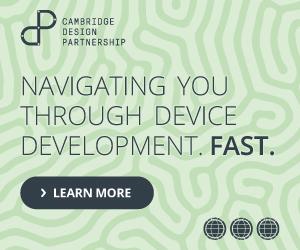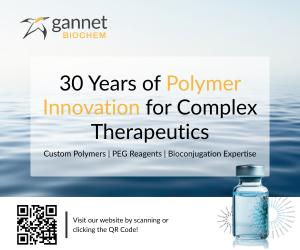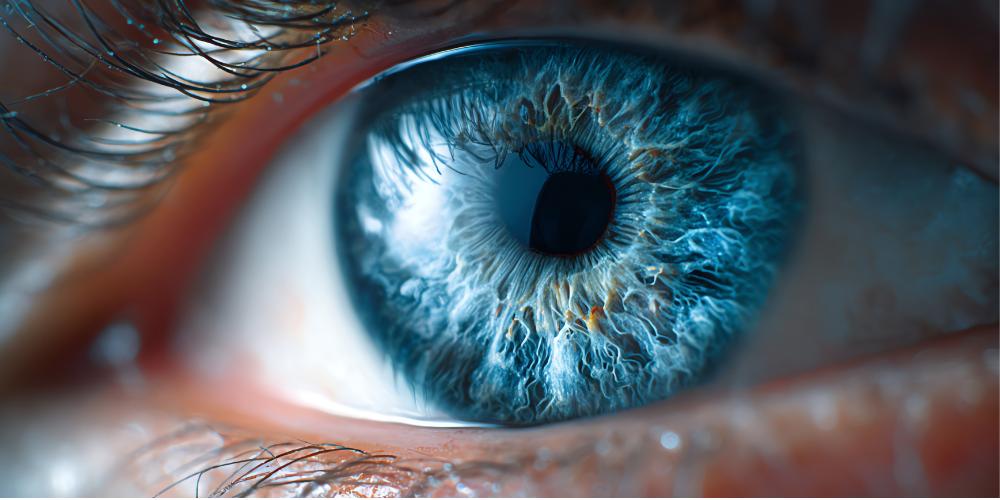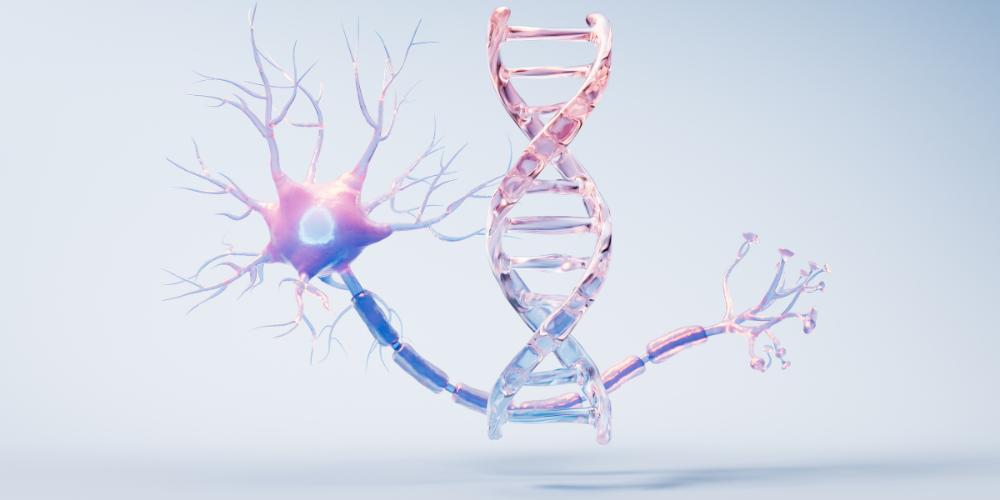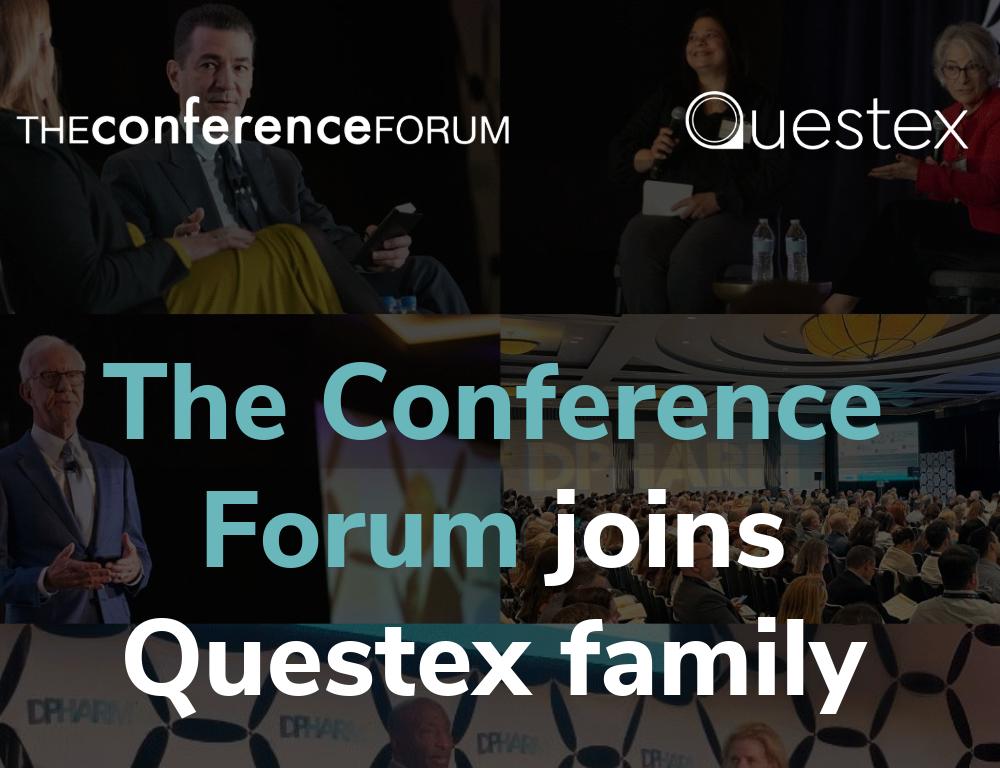PODD 2023: The Future of Digital Technology in the Connected Device Space
At PODD 2023, Dr Michael Song, Moderna, sat with Stephen Gianelis, Teva Pharmaceuticals, Dr Kate Hudson-Farmer, PA Consulting, Dr Radu Iancu, KeborMed and Dr Amin Sedighiamiri, AstraZeneca, to discuss the evolution and challenges of digital health technology.

The Role of Digital Technology on Patient Treatment and Healthcare Cost
“At the end of the day,” began Mr Gianellis, “connected products should reduce the cost of healthcare.”
He explained that companies will often look at the initial cost of the connected element of the device when making a cost-benefit analysis but that the long-term savings, like reducing patients’ interactions with the health system, can be forgotten. Trends like patients moving to at-home care, reduce costs because there is less involvement of healthcare workers and less utilization of hospital equipment. But at-home delivery requires more support for onboarding to ensure adherence, which is ripe for connected devices to improve. If connected devices do not improve adherence, patients may end up requiring more hospitalizations and increasing overall healthcare costs.
Dr Sedighiamiri explained that digital is already part of almost everybody’s life, albeit not necessarily in a medical context. “I, for example, almost never read paper manuals but instead watch YouTube videos,” said Dr Sedighiamiri, “This is a significant behavior change that did not exist a decade ago.”
That’s where digital health companies can partner with pharma and med device companies to generate digital solutions to improve patient experience, training and education. These are fundamental things that, if addressed correctly, could have a very positive effect on downstream things like patient treatment, long term adherence, and persistence.
“We put the cart before the horse sometimes,” said Dr Hudson-Farmer, “We need to prove that these digital technologies actually provide a benefit before expecting to get a reimbursement.”
With that in mind Dr Hudson-Farmer explained that pharma will most likely need to burden this cost, rather than providers, while they integrate layers of interactions and prove value to patients, providers and payers to achieve market share gain.
Using a real life example from his past as a cardiologist, Dr Iancu described a situation where a patient with recurrent Afib came to see his doctor and somewhere in their EMR was a button to show their medication adherence. While under normal circumstances, their doctor may not check their adherence, if the patient came in for an ECG that identified a long QT or QRS and an algorithm behind the scenes checked their adherence and saw that they have been taking too much of a drug to treat palpitations, the doctor can save thousands of dollars in tests – not to mention improving the patient experience – to figure out the cause. You have the exact same data set with the same doctor and depending on the context, it can be marginally useful or save thousands of dollars on tests.
“I think everybody is in agreement that AI can handle the problem of dealing with enormous amounts of data beyond what doctors and scientists can handle,” Dr Iancu said, “AI is probably the missing last piece of this whole puzzle. All this data is blurry and AI gives me a pair of glasses to see properly.”
“AI is probably the missing last piece of this whole puzzle. All this data is blurry and AI gives me a pair of glasses to see properly.”
The Gap Between What is Needed and What is Being Created
There is a lot of technology out there and a lot of different ways of doing connectivity. Dr Hudson-Farmer opined that there may even be too much and people don’t understand which bits work or which bits are going to work for which patients. She explained that the industry needs more discrete and bespoke analysis to properly segment and segregate different types of patients and use that information to develop the correct type of connectivity for each group.
“We also need to remember that there is a human element here as well,” said Dr Hudson-Farmer, “The best kinds of approaches will involve human and digital elements, like a physician or nurse alongside a digital application to help the patient.”
Dr Sedighiamiri added that while the industry speaks about the promise of connectivity and connected device delivery to help patients, healthcare providers, payers and pharma companies, there isn’t widespread use of connected devices. This low adoption speaks to the gap that exists.
He continued that it is a misconception that patients are not persistent because they just forget to take their medication. While companies have tried adding sensors and phone connectivity to provide patients with reminders to take their medications, the predicted result of improved adherence never really came to be.
Another fault Dr Sedighiamiri found in connected devices was that they stopped at the point of generating real world information about a patient’s medication taking habits. “While connected devices collect information, the information is useless unless you translate it into insights, recommendations and interventions,” Dr Sedighiamiri said, “When I go to a doctor, I don’t just want information. I don’t want them to tell me, ‘This is what I know, now good luck.’ I care much more about them telling me what to do. That is the real value here for connected devices and that is the gap we need to overcome to improve outcomes.”
“Patients aren’t driven to improve adherence; they just don’t want to be sick anymore. We need to more clearly articulate to patients why they should use connected devices and how their doctors will use the collected data to improve their treatment of their disease.” concluded Mr Gianellis.
“When I go to a doctor, I don’t just want information. I don’t want them to tell me, ‘This is what I know, now good luck.’ I care much more about them telling me what to do.”
Advancing Digital Health
“I personally believe that in the end, everything described potentially as the gap is also the opportunity here,” said Dr Iancu.
He explained that industry first needs to solve the basic technical questions of connecting devices, building regulated cyber-secure solutions and integrating these technologies with EHR if it ever wants to address the wider challenges of developing for patient and provider needs. Dr Iancu also advised developers to invite perspectives from the broader universe outside of healthcare to provide new solutions and innovations.
For Mr Gianellis, patient and provider burden were major obstacles to achieving meaningful advancement in digital health. “If a patient is on more than one medication from more than one company, they and their providers need to manage multiple different dashboards or they need to find a third party solution that funnels all of that information together into the EHR, said Mr Gianellis, “We need partnerships to create a centralized data set that brings all these pieces together for a holistic view of a person’s well being.”
Dr Hudson-Farmer expressed the important role connectivity will play to monitor patients with at home treatments as long-acting formulations become more established.
To make a real difference, Dr Iancu asked the industry to work in partnership to generate evidence and develop interconnected ecosystems that improve overall health outcomes.
Dr Song concluded, “As we remove silos and look at the whole picture as a collective, we can see unmet needs and discover new ways to improve patient outcomes.”







